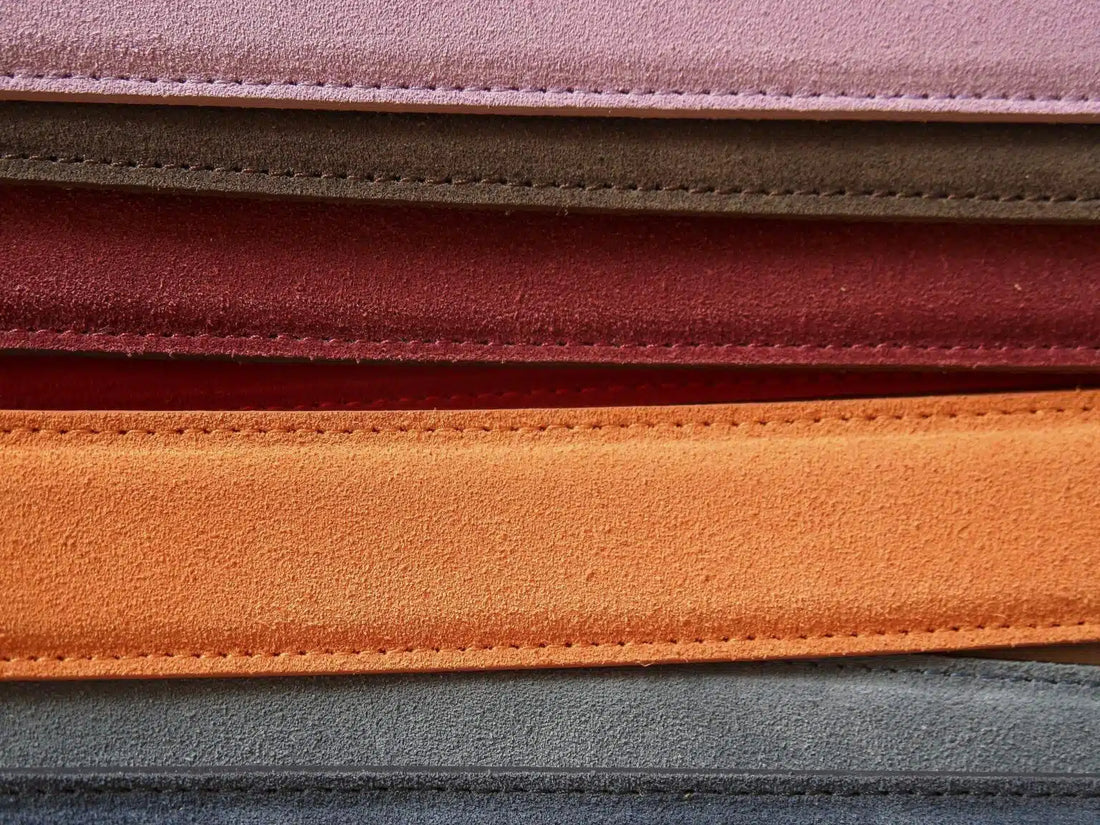
The Pros and Cons of Vegan Leather
What is Vegan Leather?
Much like a vegan diet, vegan leather is manufactured without the involvement of animals. Instead, it mimics the texture of real leather through artificial or plant products.
Before diving into the types of vegan leather, it is important to understand that the term “vegan” in fashion is not synonymous with “sustainable”. It merely addresses the fact that items are made out of plants instead of animals.
Vegan leather can be categorised into three types: faux leather, plant-plastic hybrids, and plastic-free leather.
Faux leather, or PU leather, involves polyurethane (PU) and polyvinyl chloride (PVC), which are derived from fossil fuels. Plastic substances are bound to their base fabrics of cotton or polyester, before everything is bound with PU or PVC.
Plant-plastic hybrids involve a combination of plant materials and PU, where the latter is used to ensure the durability and water resistance of the products. So far, there is a variety of plant matter used for vegan leather, including mushrooms’ mycelium, pineapple leaves, cactus leaves, and grape skin.
Plastic-free leather involves cork, rice, natural tree rubber or coconut waste. Plastic-free leather involves cork, rice, natural tree rubber or coconut waste. For example, Mirum – a company that sells plant-based and plastic-free fashion items – uses natural materials that can be recycled back into a new batch of products. This fulfils an eco-cycle of production.
The Pros and Cons of Vegan Leather
Vegan leather’s exploitation of plant matter is more advantageous than one thinks. After picking out fresh pineapples and cactuses, their leaves are often left unbothered. Vegan leather, however, makes full commercial use of agricultural byproducts that would otherwise go discarded. This generates another stream of eco-friendly income for both farmers and fashion companies.
Vegan leather’s greatest disadvantage is indeed its occasional use of plastics, which are completely non-biodegradable and would linger for eternity. Some would even consider the aftermath of faux leather to be worse than that of real leather.
Nonetheless, the bigger issue is how the fashion industry deliberately conceals it through extensive exploitation of greenwashing. Continuously portrayed as a sustainable alternative, the public is pushed to believe that all vegan leather has zero environmental consequences. In a survey by Atomic Research for Leather UK and Leather Naturally, 74% of respondents found the term “vegan leather” confusing and were unaware of the presence of plastics in it.
To make matters worse, there is very little media coverage on the true composition of vegan leather, waning public understanding and encouraging buyers to fall prey to corporate agendas.
What Should We Do?
As disappointing as this may all sound, there is an overlooked silver lining to this situation. Instead of generating more plastic waste, vegan leather production should incorporate recycled plastics.
Dubai fashion company Veganologie has begun the recycling journey of PU leather. For each crossbody leather bags it produces, 11 plastic bottles are melted and pressed into vegan leather or threaded into yarn to generate vegan suede.
This innovative idea, however, would be useless if it was left unknown to the public. By simply spreading the word, the press, non-governmental organisations, and social media platforms have the compelling power to transform vegan leather made from recycled plastics into a run-of-the-mill production strategy.
With mass support, this sustainable method of producing vegan leather has tremendous potential to overthrow real leather and dominate the fashion scene.
sorce : https://earth.org/analysing-the-pros-and-cons-of-vegan-leather/
